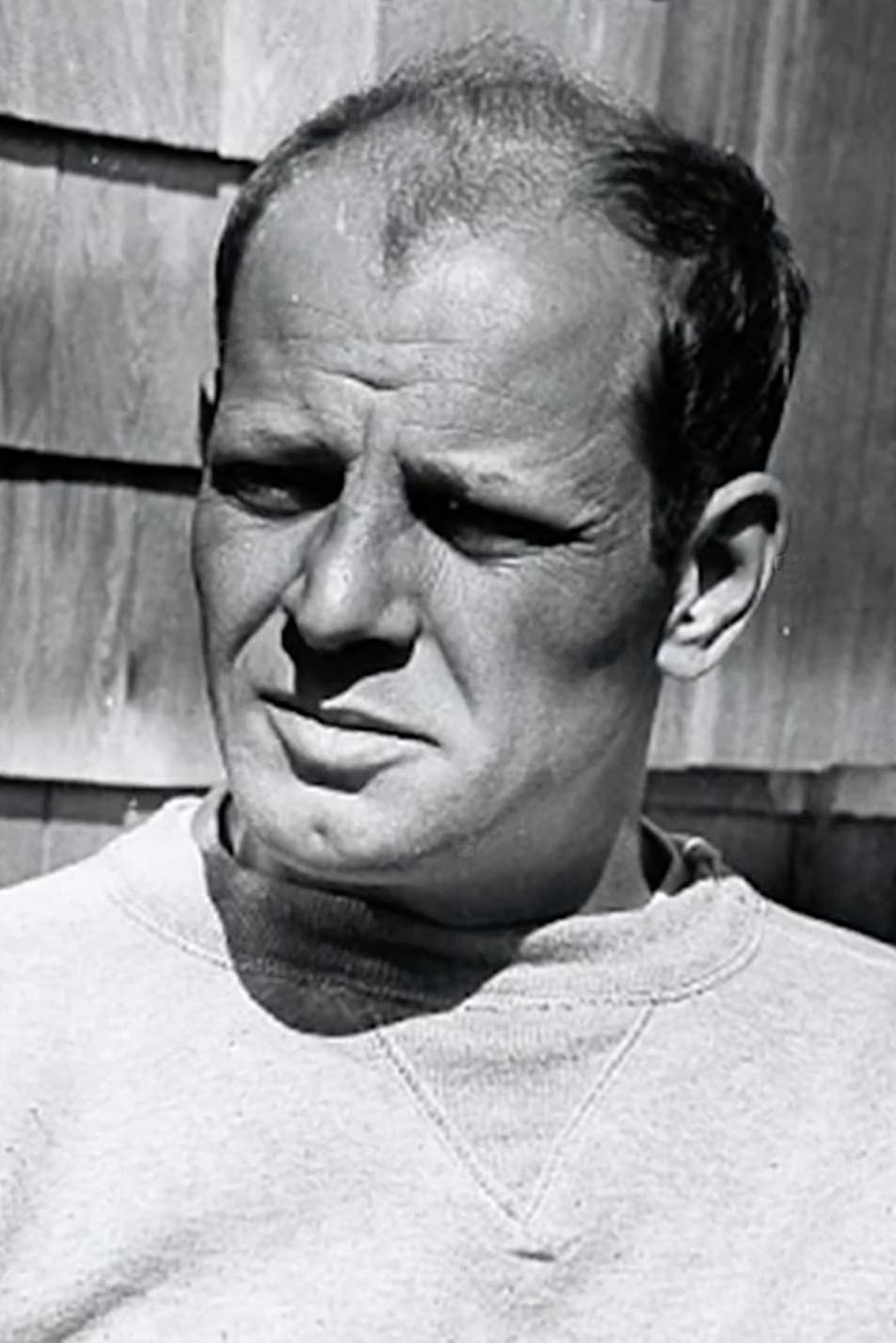
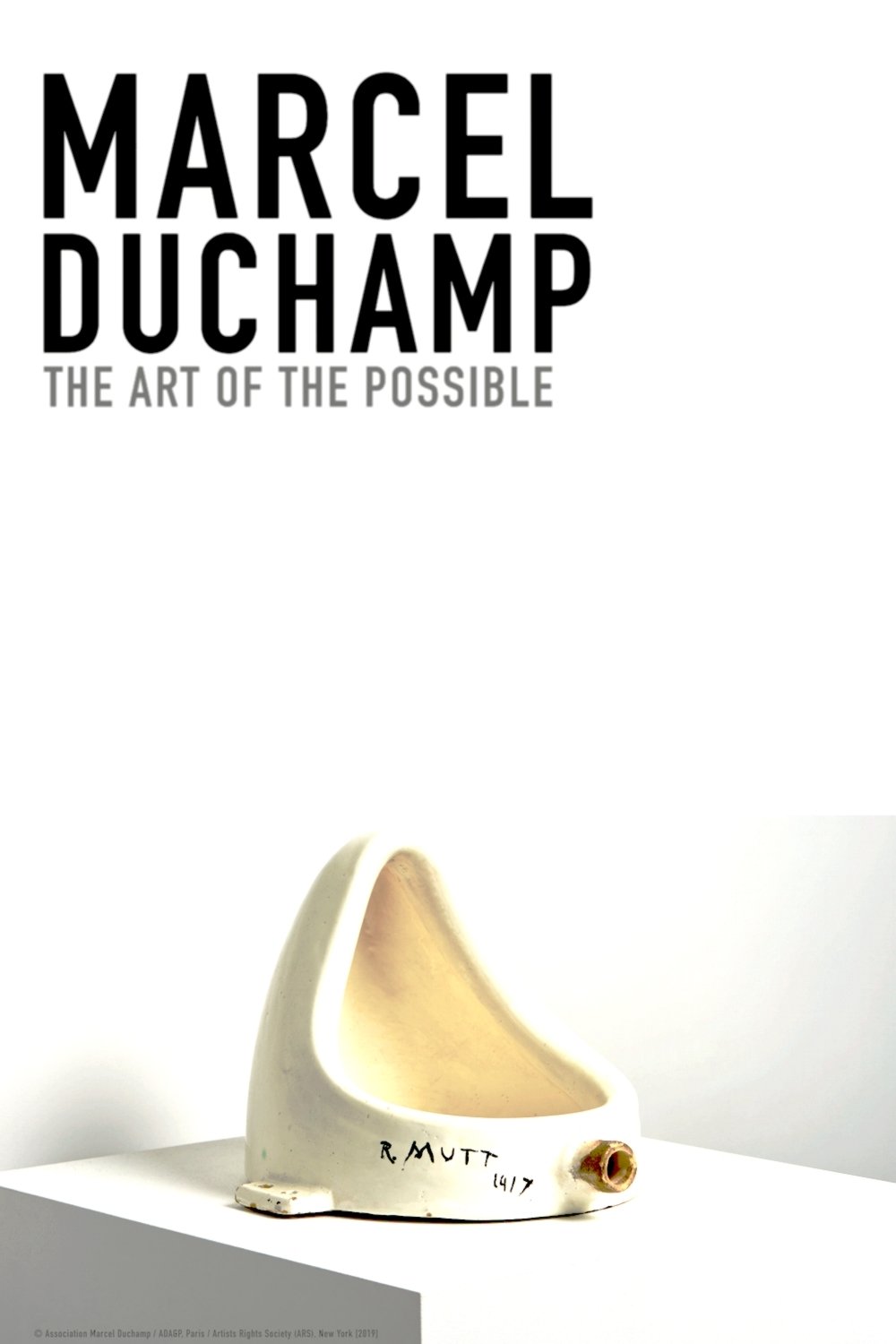
A remarkable walk through the life and work of the French artist Marcel Duchamp (1887-1968), one of the most important creators of the 20th century, revolutionary of arts, aesthetics and pop culture.

The extraordinary price-tag of Jackson Pollock's Blue Poles - now considered one of the most expensive painting in the world which almost brought down the Australian government.
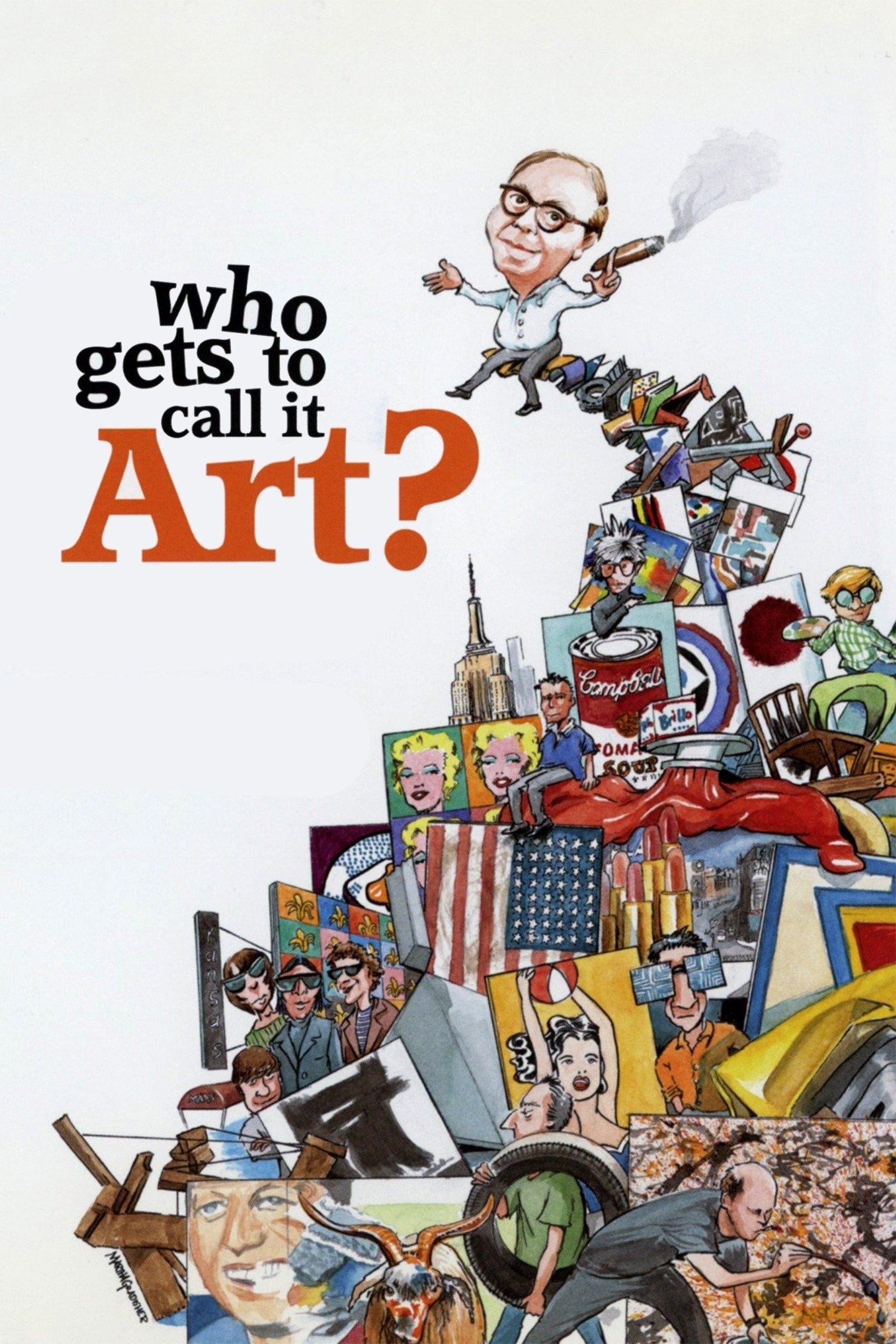
Metropolitan Museum of Art curator Henry Geldzahler reflects on the 1960s pop art scene in New York.
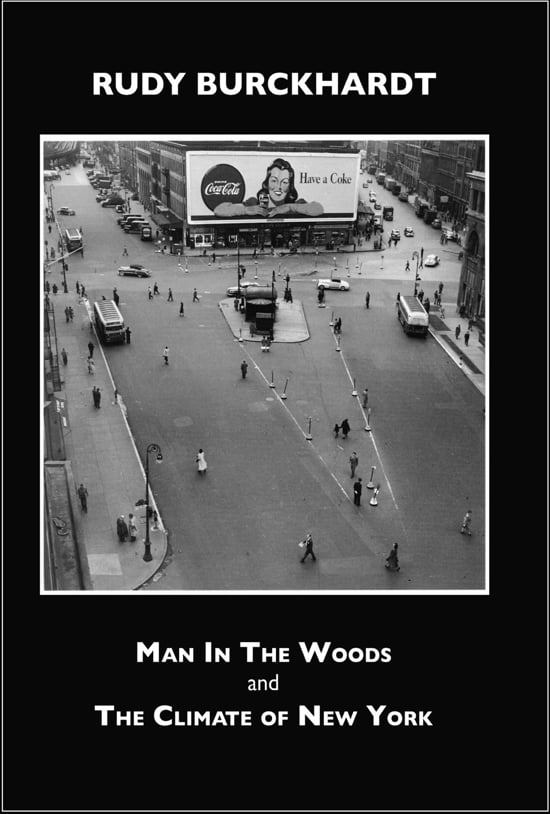
A detailed look at a remarkable artist who died in 1999 at age 85. Aspects of Burckhardt's work in photography, film, and painting are examined in interviews with Rudy Burckhardt, painter Yvonne Jacquette, and curators Robert Storr (former Senior Curator of Painting and Sculpture, Museum of Modern Art, New York) and Brian Wallis (Chief Curator, International Center of Photography, New York). In his studio in New York, Burckhardt discusses his photography and its significance within its historical framework. In the woods near his summer home in Maine, the viewer sees Burckhardt's easel and painting in front of the scene he is depicting. Whether in city or country, Burckhardt appreciated and transformed the chaos he discovered.
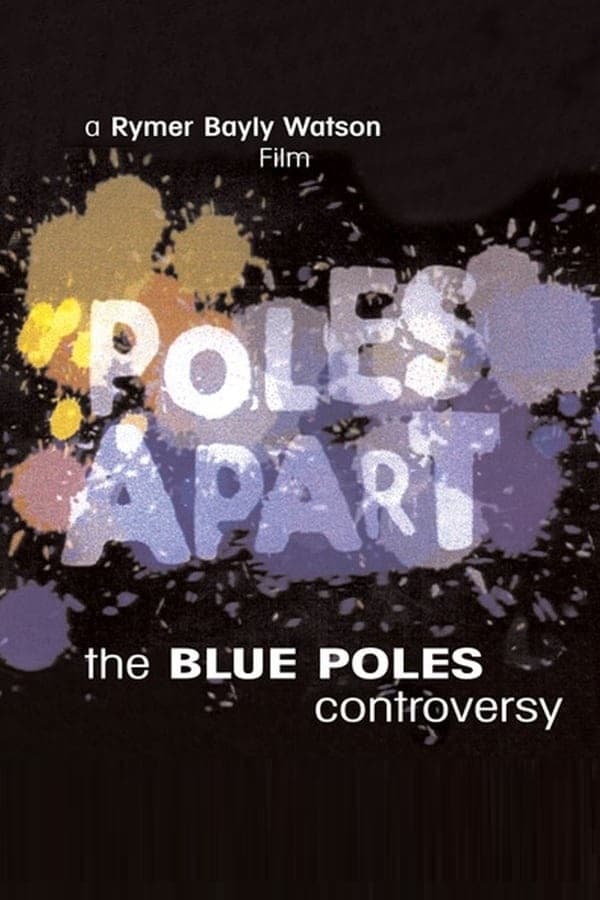
The year is 1973. A reforming Labor government swept into power determined to change the direction of the country. In an act of unpredendented daring the Whitlam government paid the highest price ever for an American painting for it's planned National Gallery. The painting was Jackson Pollock's "Blue Poles". 'Drunks did it' screamed the tabloid press. Journalists, politicians and cartoonists had a field day, while everybody, but everybody, across the nation had an opinion. Today painter Jackson Pollock's masterpiece is unquestionably the most famous painting in Australia. It has become a symbol of our independence, signaling the departure from our British roots and entry into a brave new world.
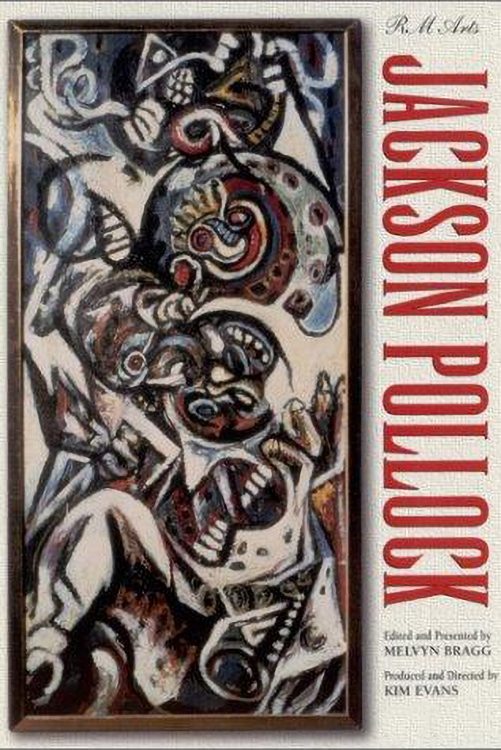
This British documentary examines the life of painter Jackson Pollock--from his childhood in Wyoming to his death in a car crash on Long Island in 1956--in an effort to understand both the development of his work and its place in the history of art.
Paul Jackson Pollock, known professionally as Jackson Pollock, was an American painter and a major figure in the abstract expressionist movement.
By browsing this website, you accept our cookies policy.